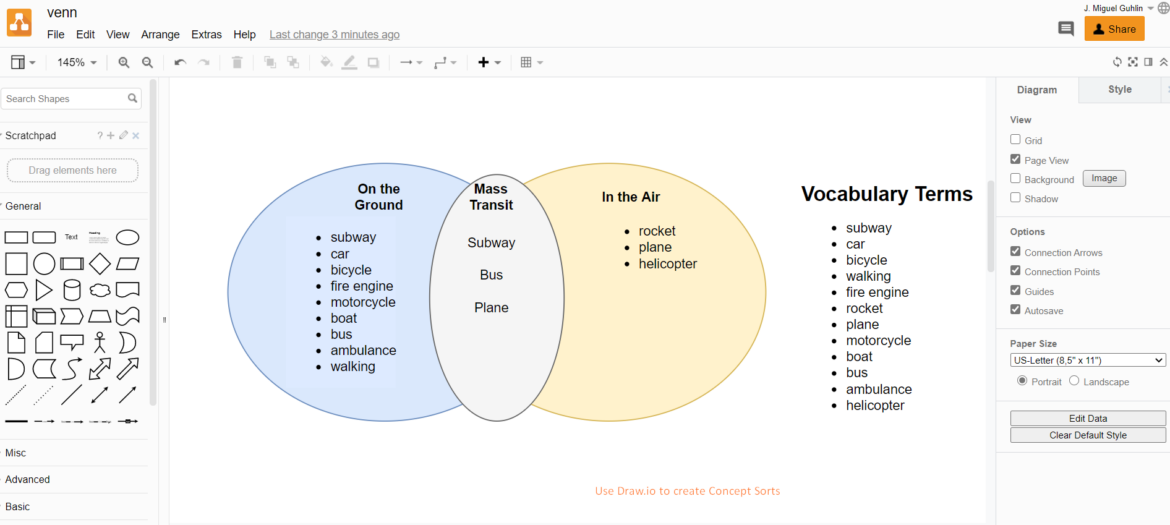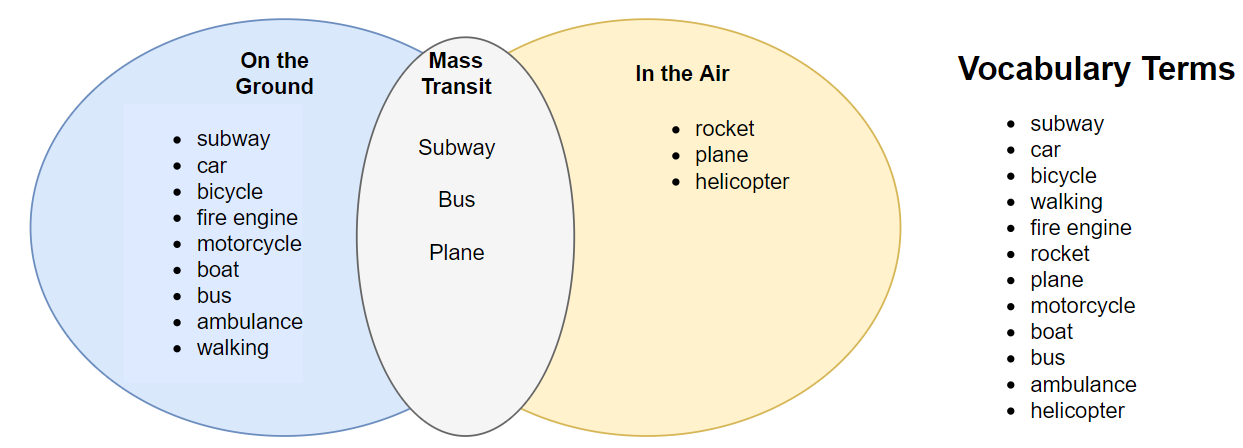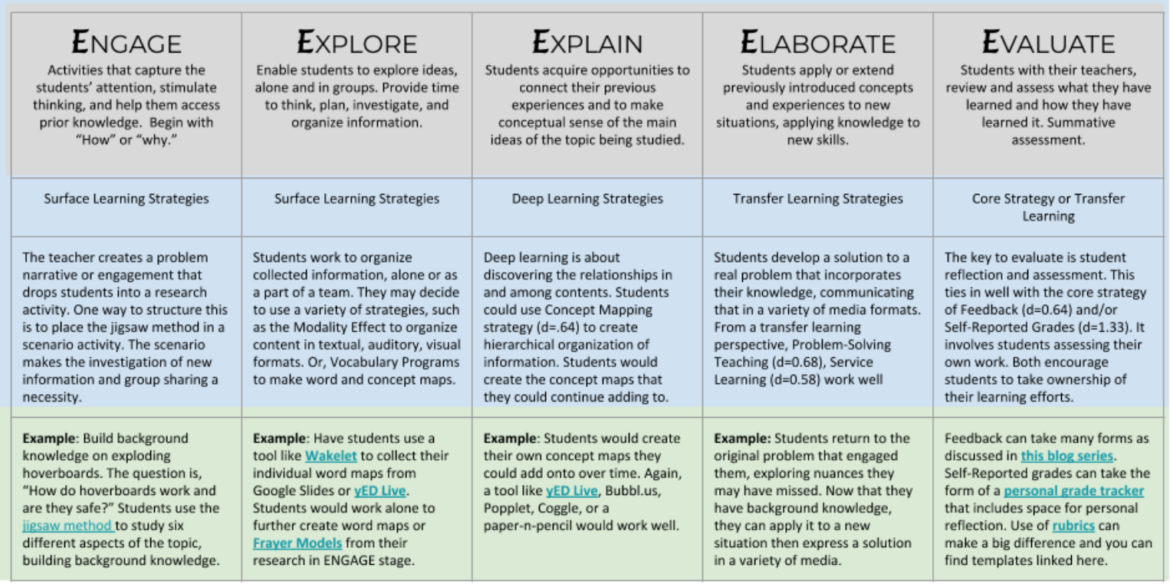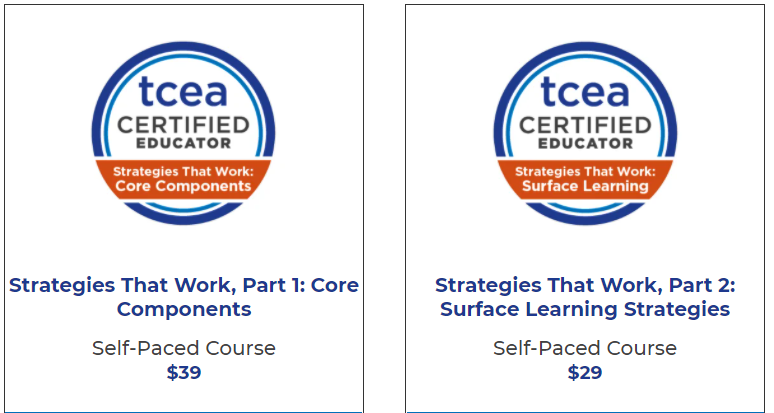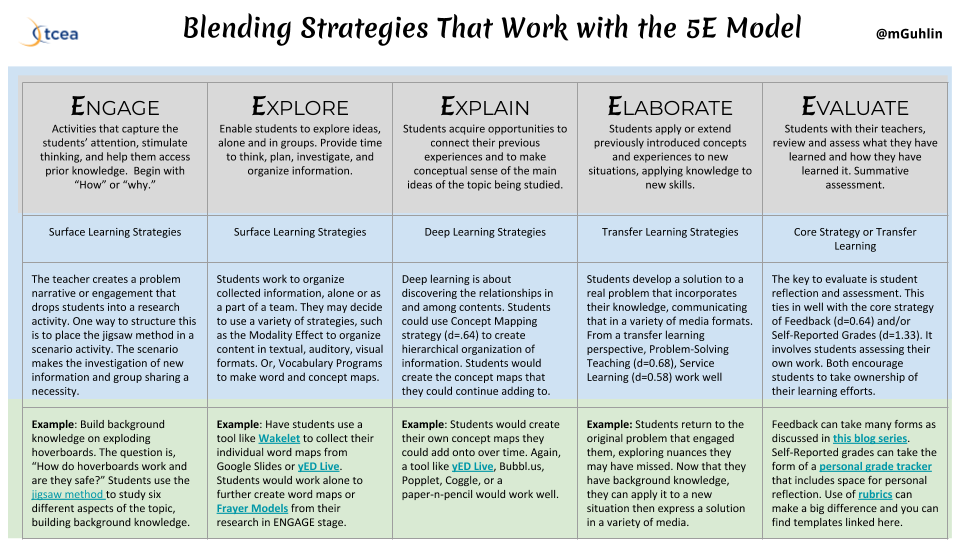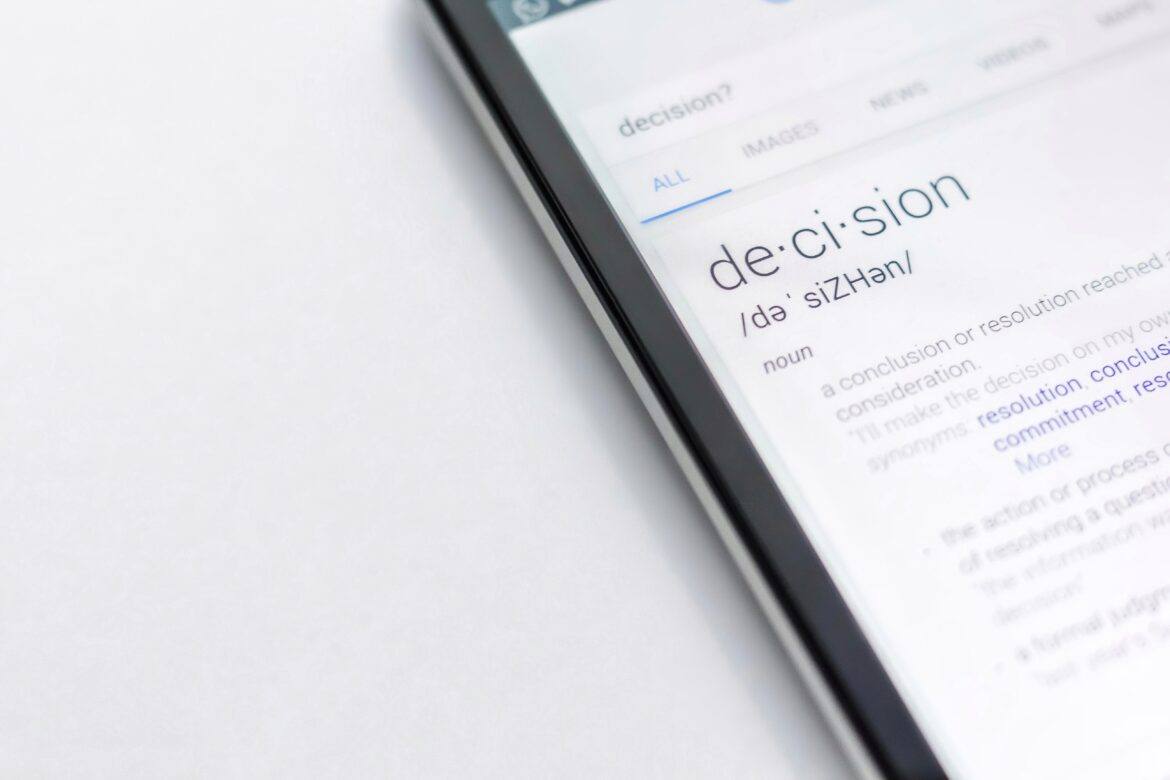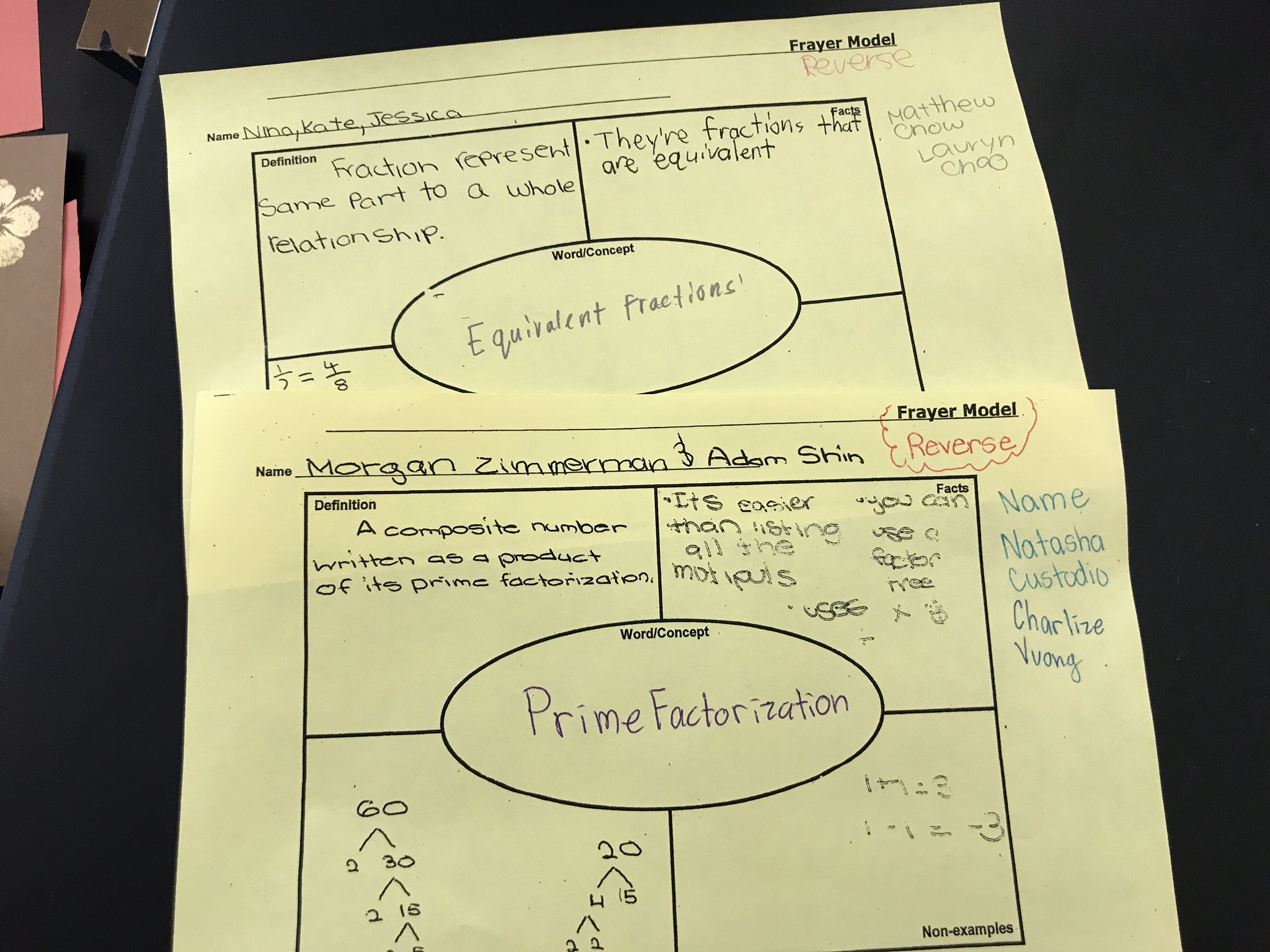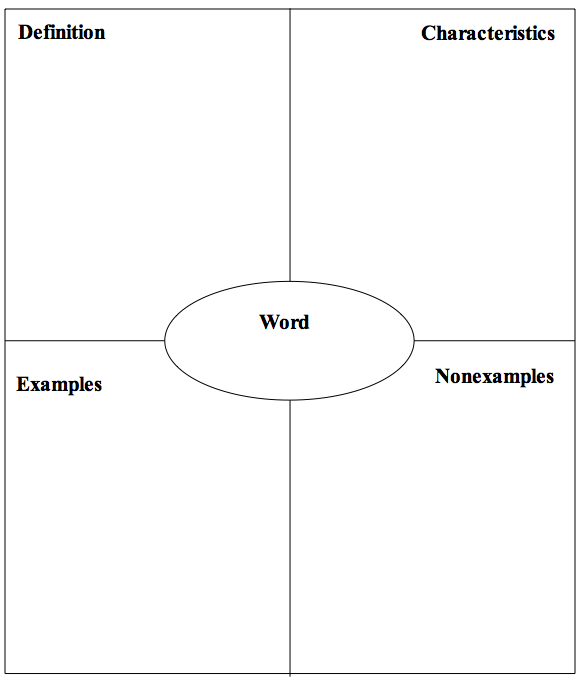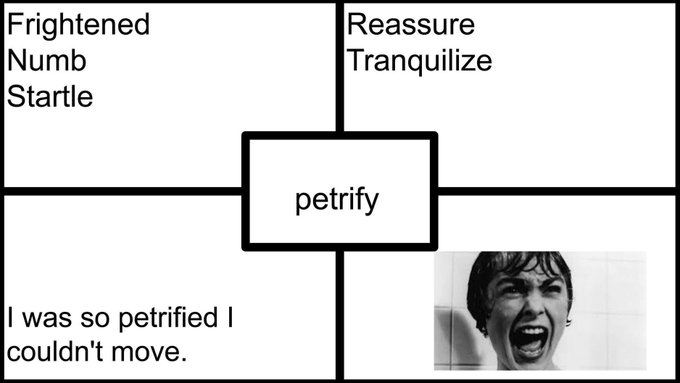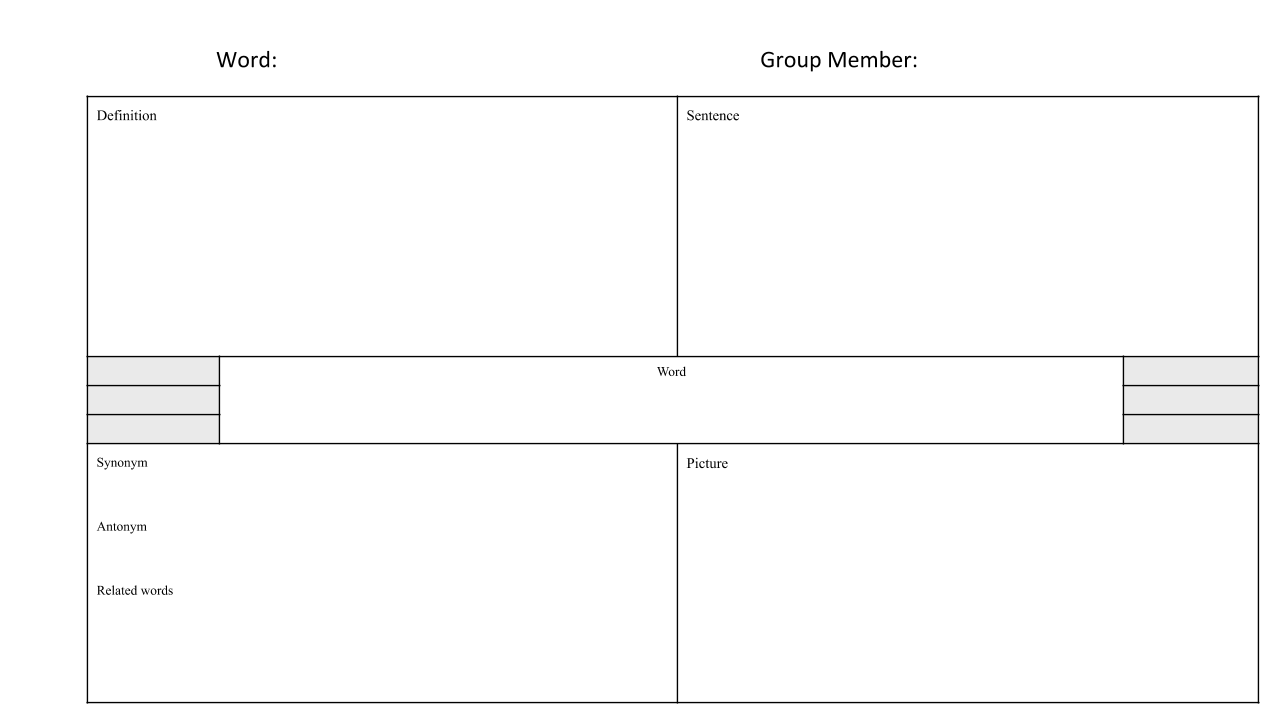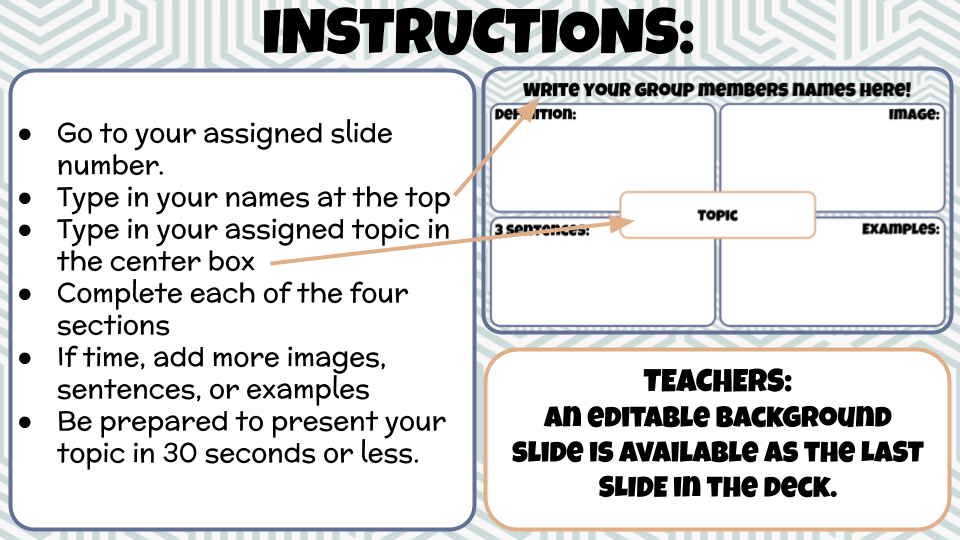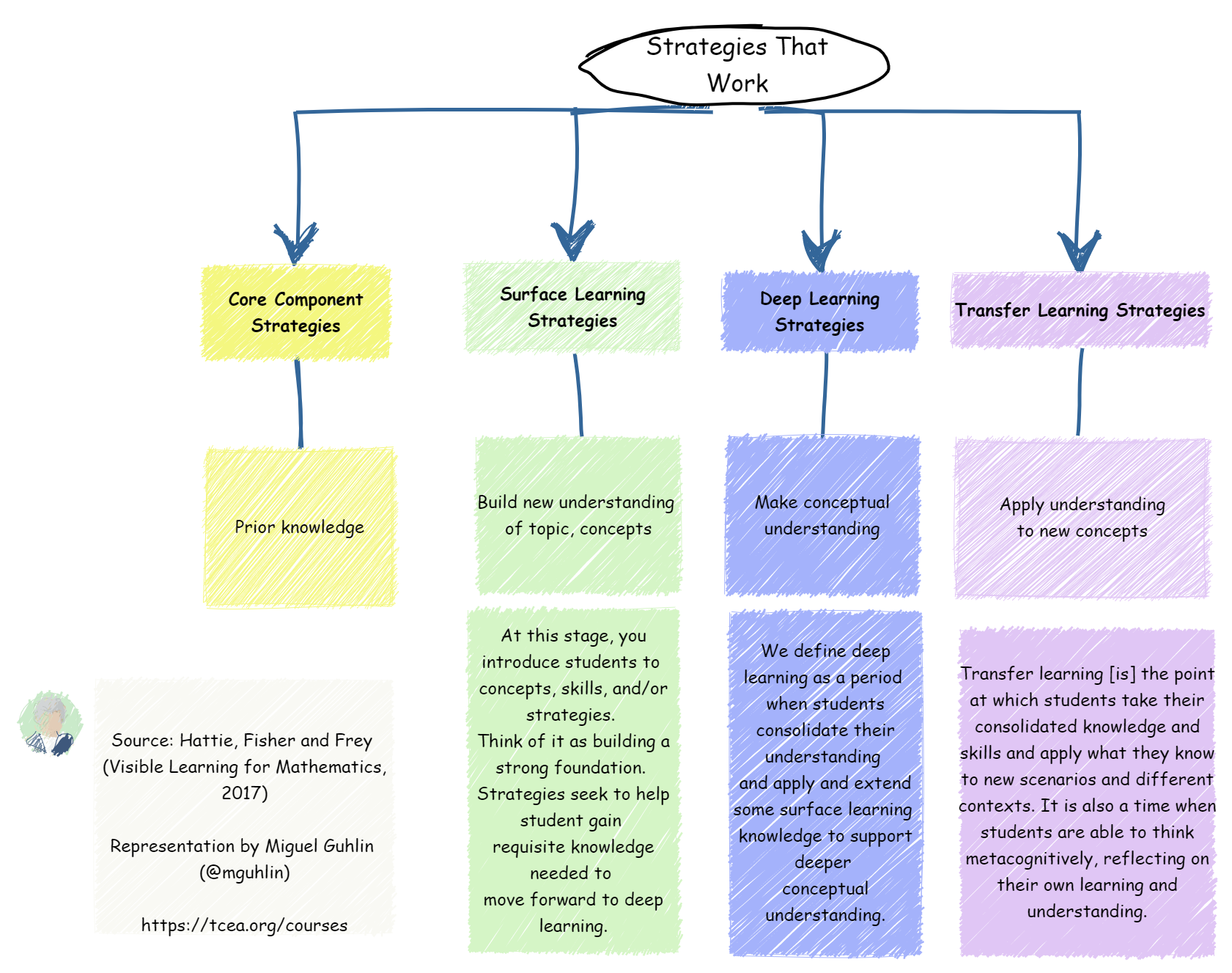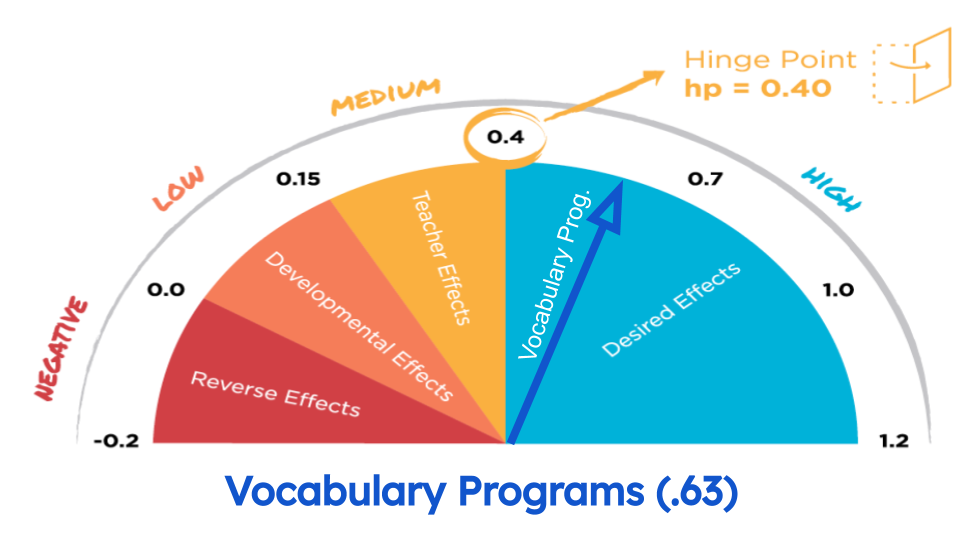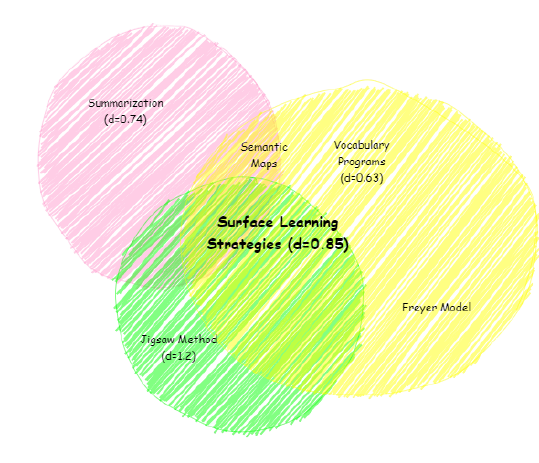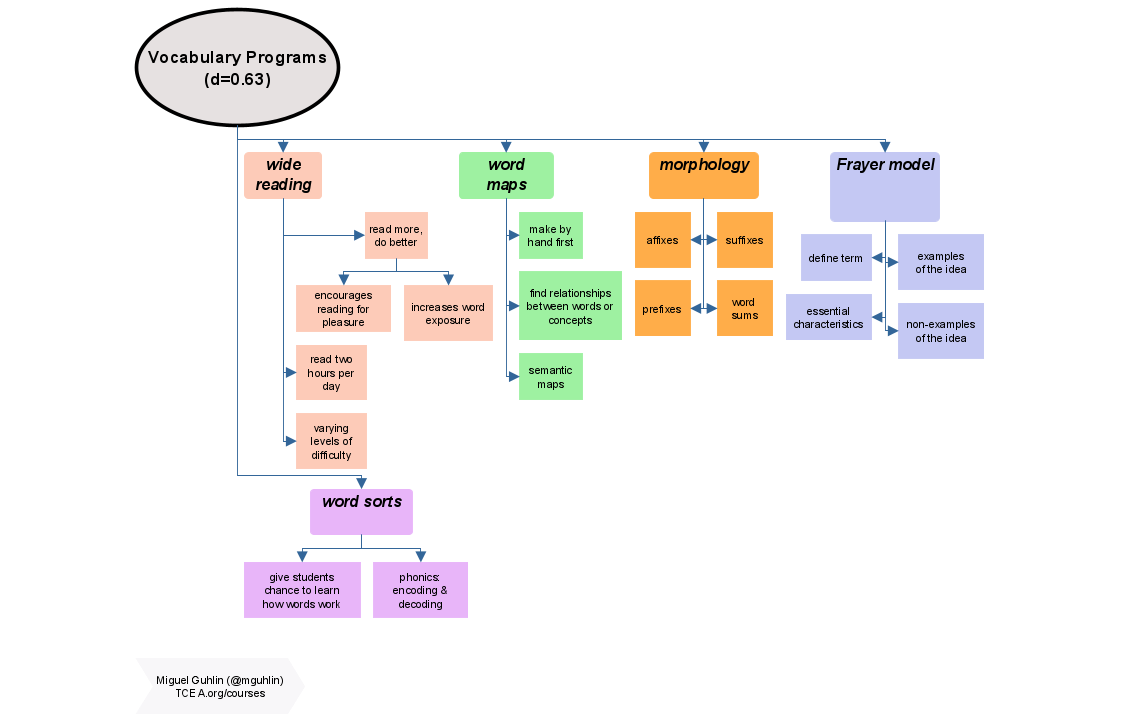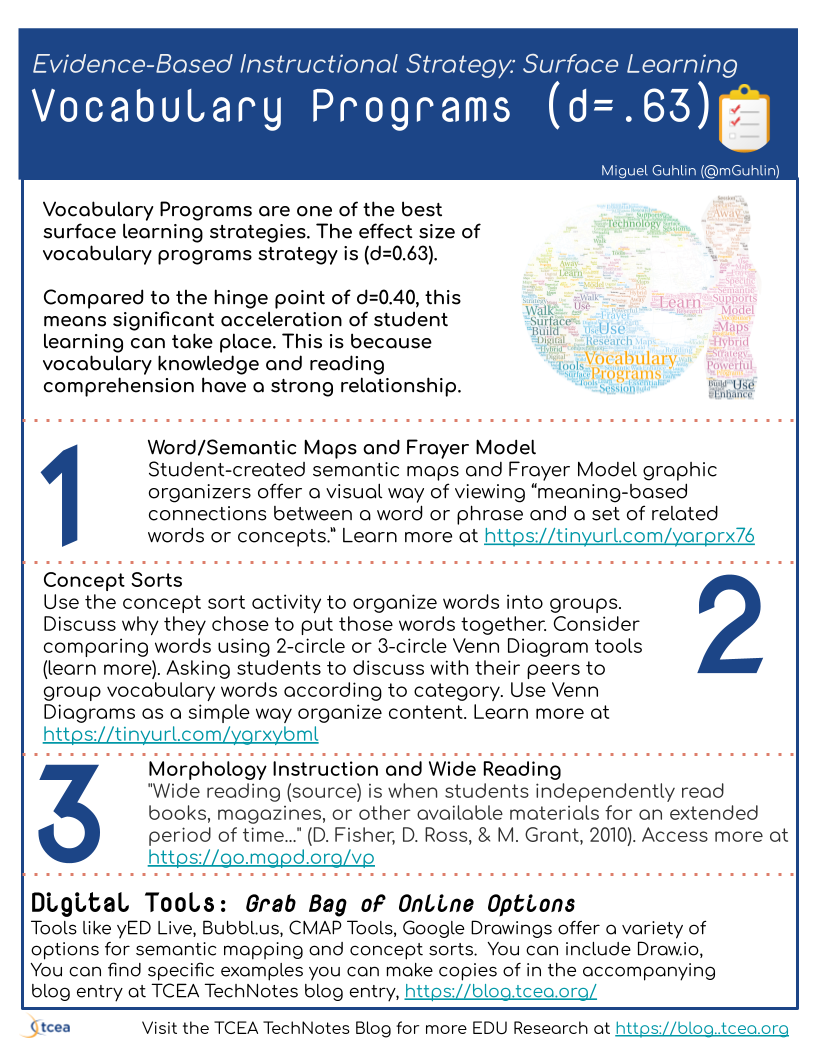Vocabulary acquisition is the single most important factor in reading comprehension (source). In this blog entry, we’ll explore three online tools that can help students gain that knowledge. You will also get a chance to revisit a relevant, evidence-based instructional strategy for vocabulary development.
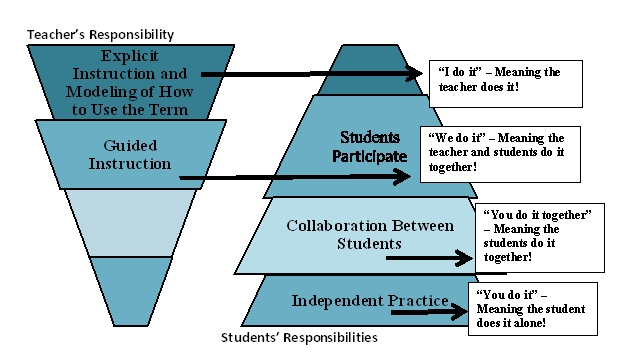
Did You Know?
“Vocabulary learning research with students…over the last 25 years has repeatedly reported that teachers should provide students with (1) explicit vocabulary instruction, (2) repeated exposures to new words” (source for quote and image above).
Tool #1: Learning Chocolate
Learning Chocolate presents itself as a vocabulary learning platform that focuses on several languages, including:
- English (US and UK)
- Japanese
- Chinese (Mandarin)
- German
- Spanish
The included exercises rely on pictures, sounds, and games. This makes learning a new language as fun as “enjoying a piece of chocolate” (source). You can find categories of words organized into broad topics as shown below:

When you choose actions, you’ll find a series of words with matching audio:
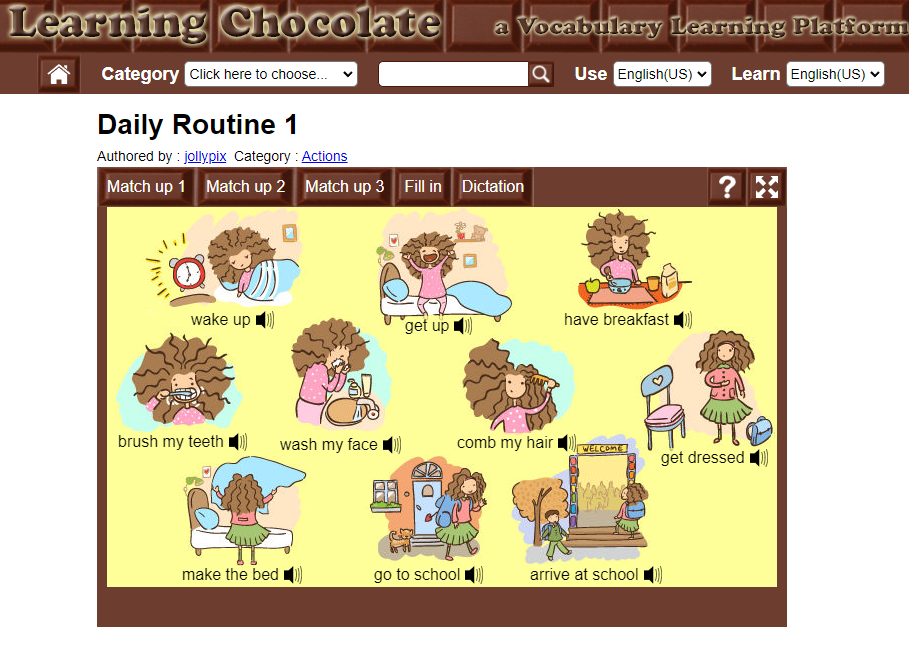
If you adjust the language preference (Learn in the top right hand corner of the screen), you will see:
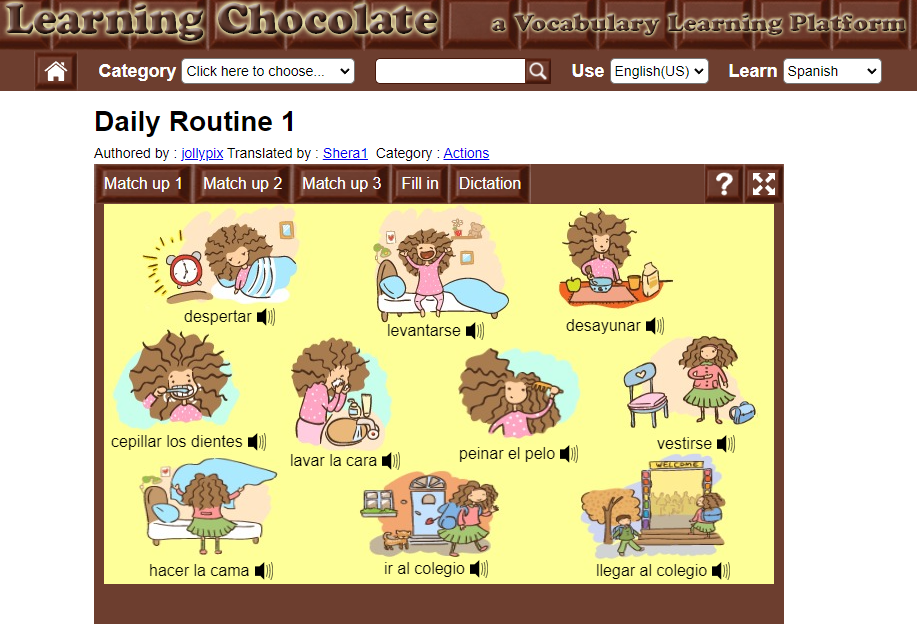
The tool includes timed activities, such as matching action phrases with images:
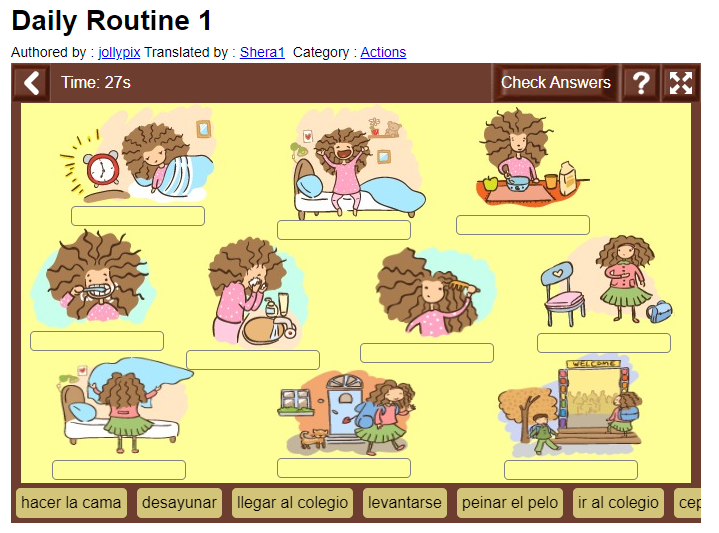
Learning Chocolate offers a simple, powerful tool for vocabulary development. Give it a try.
Tool #2: Learning English Online
Ready to speak and write in English, but lack the words? As a dual language speaker, I have found myself in this situation. Although I can express myself without the right word, it’s more fun to have the right vocabulary. Learning English Online offers several tools to get you started, such as:
- Over 300 word lists for beginners to advanced learners
- A personalized vocabulary trainer that will help you practice difficult words
- Many exercises and word games that help you learn the words
The site offers a wide variety of language choices including Spanish, Italian, French, German, and others. You can learn basic words, how to describe others, family, and home. You also learn words relevant to school, college, office, shopping, and other areas.
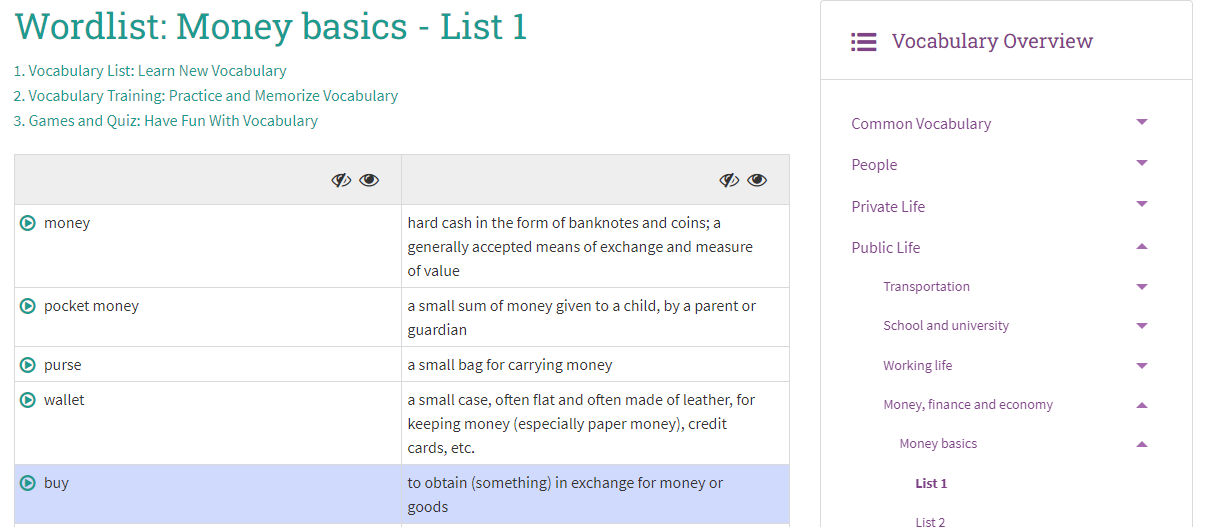
Image Source: Wordlist: Money Basics
Tool #3: Knoword
With features ranging from free to Pro ($45/year) to Team ($400/year), Knoword offers a lot of amazing possibilities. Relying on game-based learning, it tries to make learning vocabulary fun. Knoword also comes with word quizzes and trivia wrapped up as “knoword packs.”
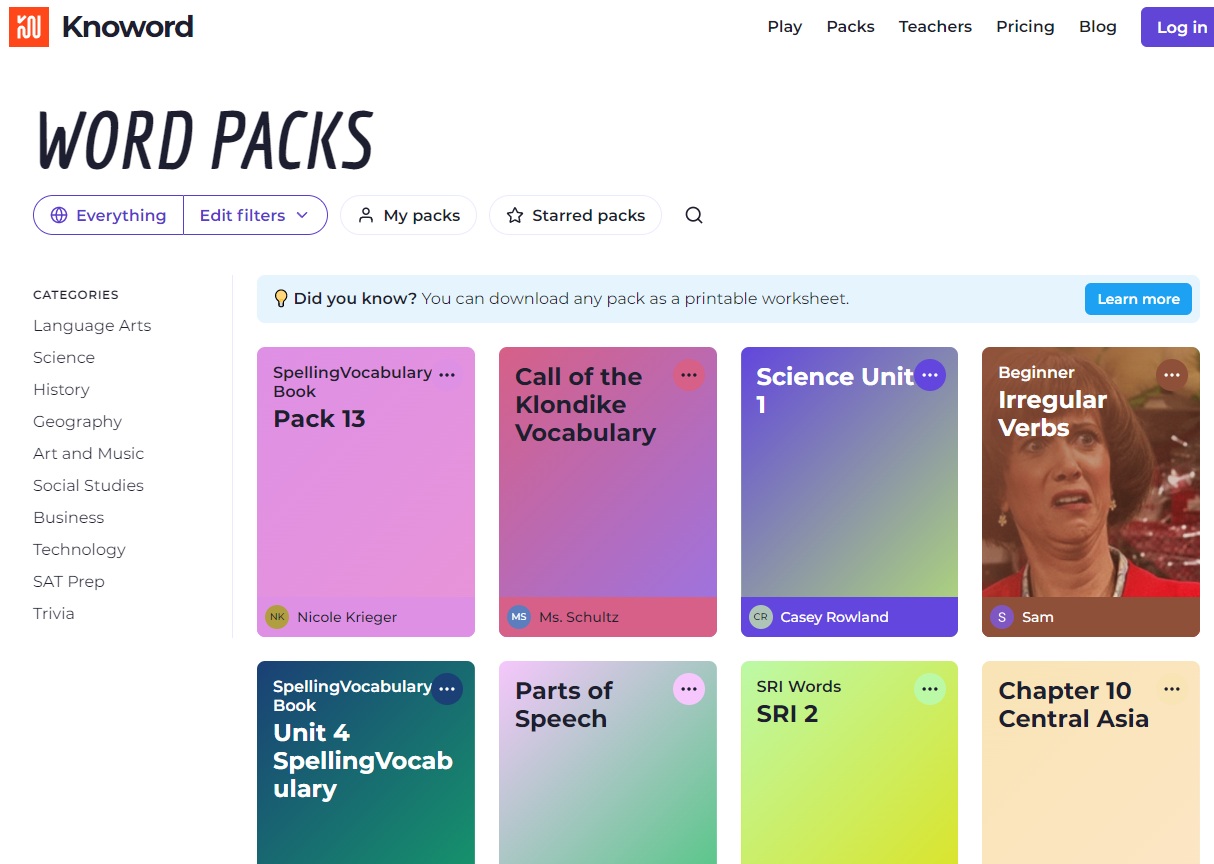
Image Source: Knoword Word Packs
Use these activity packs with your students in a collaborative way with class codes to make it easy for students to join in.
Vocabulary Acquisition
There are many ways to learn vocabulary. Don’t be afraid to build student fluency with strategies like Vocabulary Programs (d=0.63). Those programs include activities such as concept sorts, Frayer Model, Word walls, Morphology. Learn more about vocabulary programs, an evidence-based strategy.


